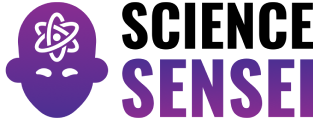In the age of hashtags and trending topics, our digital footprints on social media platforms have become more than just markers of personal experiences; they’ve become dynamic sources of insight into public health trends. Imagine a world where influencers wield the power to shape discussions on symptoms, where the nuances of language hold the key to uncovering emerging diseases, and where images and videos on your feed provide a visual narrative of health experiences. This casual science article delves into the fascinating realm where social media intersects with disease forecasting.
From decoding the influence of health-centric influencers to analyzing the language nuances embedded in online discussions, and exploring the visual narratives shared by individuals, we embark on a journey through the digital landscape where tweets, posts, and shares become valuable tools for predicting and understanding disease outbreaks. Join us as we navigate the dynamic fusion of traditional and digital surveillance methods, exploring how the interconnected world of social media is revolutionizing the way we approach public health in the 21st century.

ADVERTISEMENT - CONTINUE READING BELOW
Real-time Data Monitoring
The creation of social media has ushered in an era of unparalleled real-time data monitoring for public health officials. By immersing themselves in the dynamic flow of user-generated content on platforms like Twitter, Facebook, and Instagram, professionals can gain valuable insights into emerging health concerns. The real-time nature of these platforms allows for the swift identification of discussions related to symptoms, illnesses, and general health issues. Algorithms and machine learning tools can be harnessed to sift through vast amounts of data, detecting patterns and anomalies that may signify the onset of a disease outbreak.
One of the key advantages of real-time data monitoring is the ability to act swiftly in response to emerging health threats. Public health agencies can establish automated systems that flag unusual spikes in health-related discussions, prompting immediate investigation and intervention. The timely identification of potential outbreaks allows for the allocation of resources, deployment of healthcare personnel, and implementation of preventive measures before a situation escalates. As a result, social media becomes a powerful tool not only for retrospective analysis but for proactive and responsive public health strategies, ultimately contributing to the early detection and containment of disease outbreaks.























